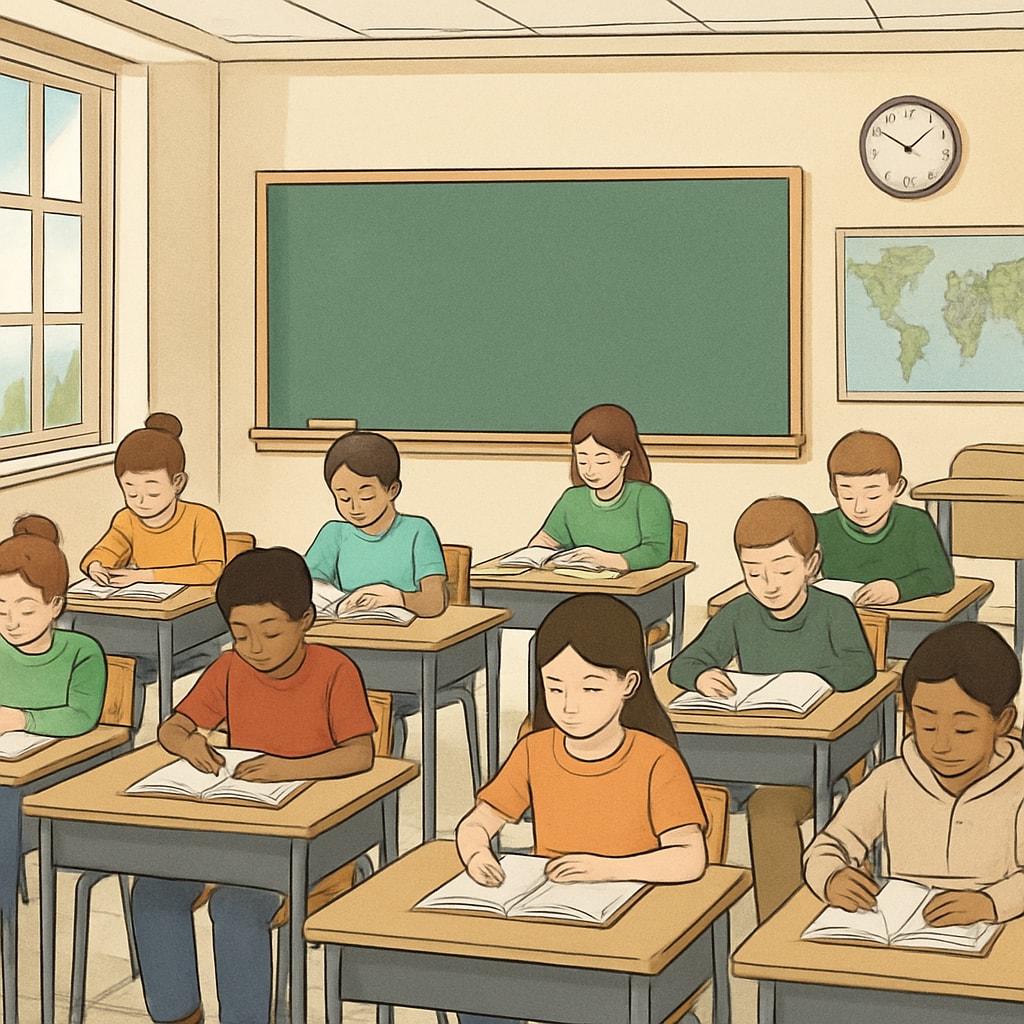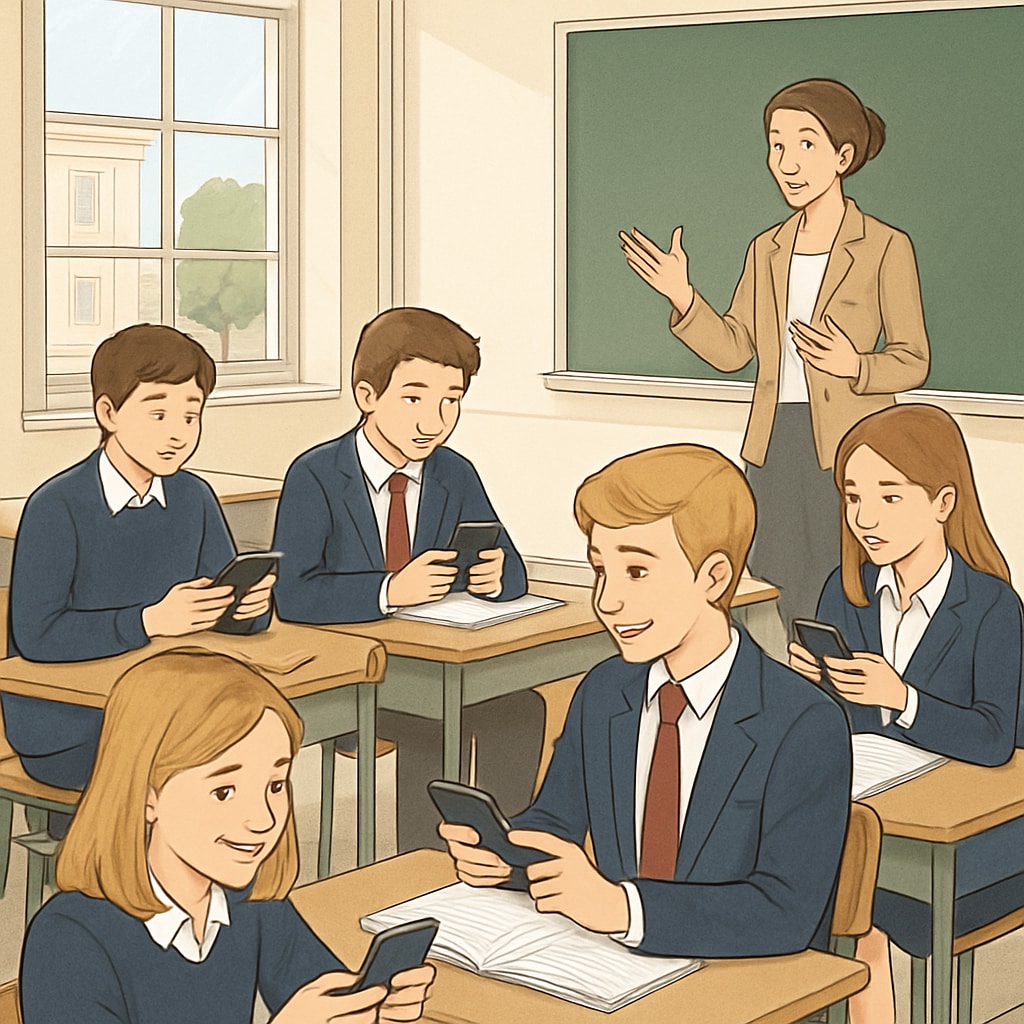The mobile phone ban, school policies, and differences between public vs private institutions have become a focal point of modern educational discussions. As public schools implement stricter bans on mobile phones, questions arise about how these policies impact learning environments and student development. Private schools, in contrast, often adopt more flexible approaches. This article delves into the nuances of these contrasting policies and their implications in the digital age.
Understanding the Mobile Phone Ban in Public Schools
Public schools worldwide have increasingly embraced mobile phone bans in classrooms, citing concerns over distractions, cyberbullying, and declining academic focus. Proponents argue that removing phones helps create a more disciplined and focused learning environment. For instance, a study conducted by the London School of Economics found that banning mobile phones in schools improved test scores, particularly for low-achieving students (Mobile Phone Ban on Wikipedia).
However, critics contend that outright bans fail to address the root causes of digital distractions. Instead, they highlight the need for teaching responsible technology use. By removing access to a ubiquitous tool, schools may miss opportunities to integrate technology into lessons and promote media literacy.

Private Schools: A More Flexible Approach?
Unlike public schools, private institutions often adopt less rigid policies regarding mobile phone use. These schools may permit phones during designated periods or incorporate them into educational activities. The rationale behind this approach is to teach students how to responsibly manage technology within structured boundaries.
For example, some private schools use mobile apps for interactive learning or as tools for research projects. This approach aligns with the belief that fostering self-discipline and critical thinking is more effective than imposing blanket bans. By allowing controlled phone use, private schools aim to prepare students for real-world scenarios where technology plays an integral role.

Balancing Discipline and Digital Literacy
Both public and private schools face the challenge of balancing discipline with the need to equip students with essential digital skills. A middle-ground approach might involve:
- Allowing phones during specific times, such as breaks or for educational purposes.
- Implementing workshops on media literacy, teaching students to critically analyze digital content.
- Encouraging self-regulation by setting clear guidelines on appropriate phone use.
For instance, Finland’s education system, widely regarded as a global model, emphasizes trust and responsibility among students. Instead of banning phones, many Finnish schools encourage students to use them as tools for collaboration and learning (Education in Finland on Britannica).
The Role of Parents and Educators
Parents and educators play a pivotal role in reinforcing the principles of responsible technology use. Open communication between schools and families can help establish consistent guidelines both at home and in the classroom. For example, schools might collaborate with parents to set limits on screen time and discuss the potential risks of overuse.
Furthermore, educators can model healthy digital habits by integrating technology into lessons thoughtfully, demonstrating its educational value while minimizing distractions.
Conclusion: Rethinking Policies for the Digital Era
The ongoing debate about mobile phone bans, school policies, and public vs private approaches highlights the need for nuanced solutions. While public schools often prioritize discipline through strict bans, private institutions focus on fostering self-regulation. Both approaches have merits, but the ultimate goal should be to prepare students for a technology-driven world.
By combining discipline with education on media literacy and self-control, schools can create environments where students thrive academically while mastering the skills needed to navigate the digital age responsibly. The key is not to eliminate technology but to teach students how to use it wisely.
Readability guidance: This article employs short paragraphs and lists to enhance clarity, uses transition words to ensure smooth flow, and avoids overuse of passive voice. The content is structured to maintain balance between policy analysis and practical recommendations.


